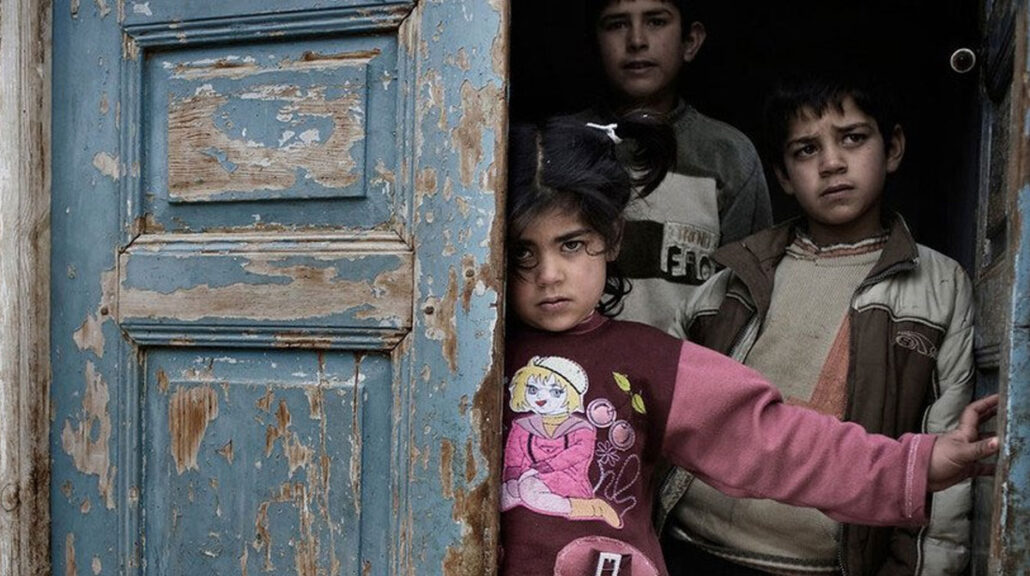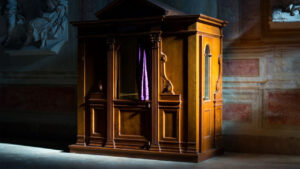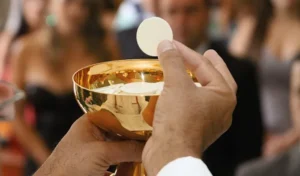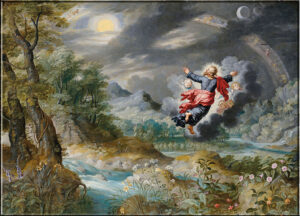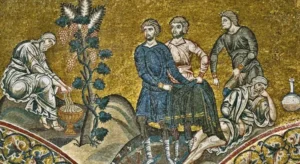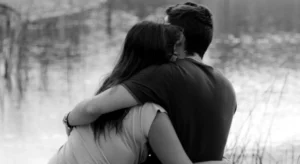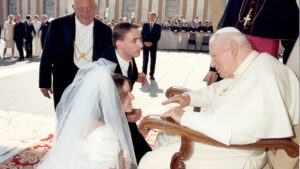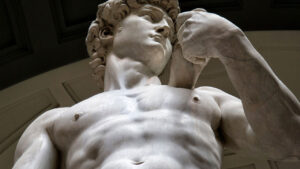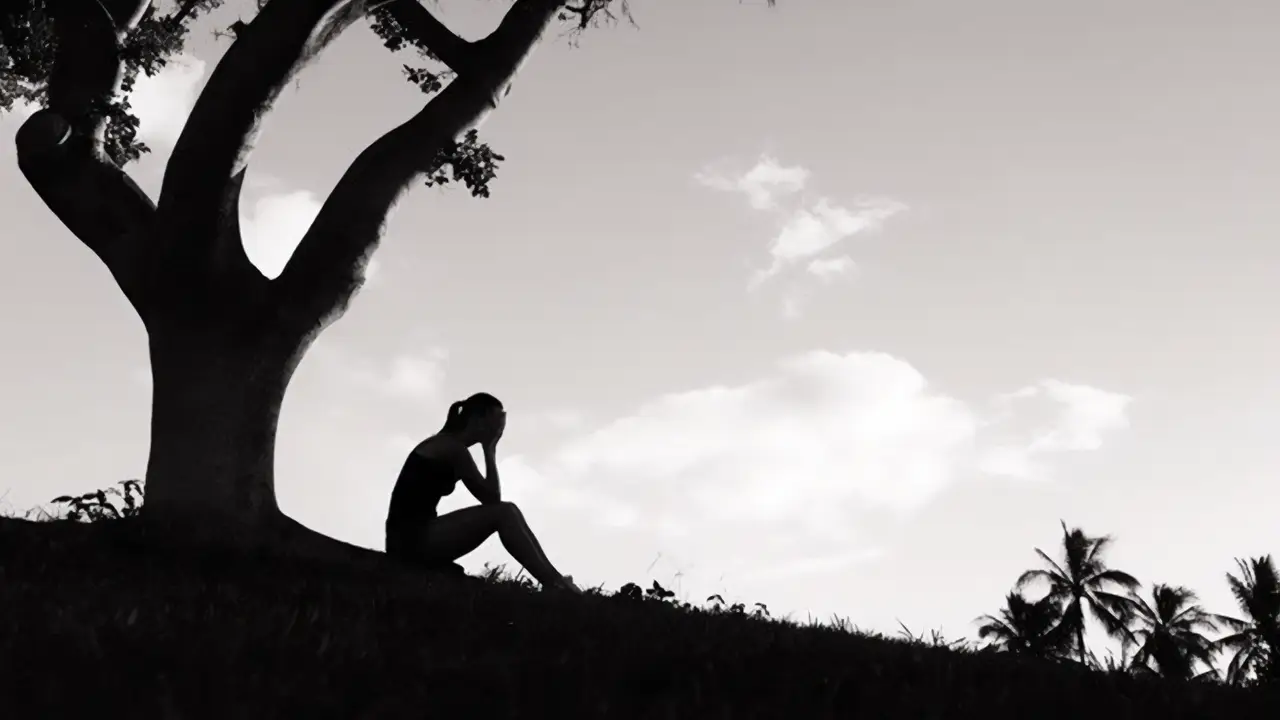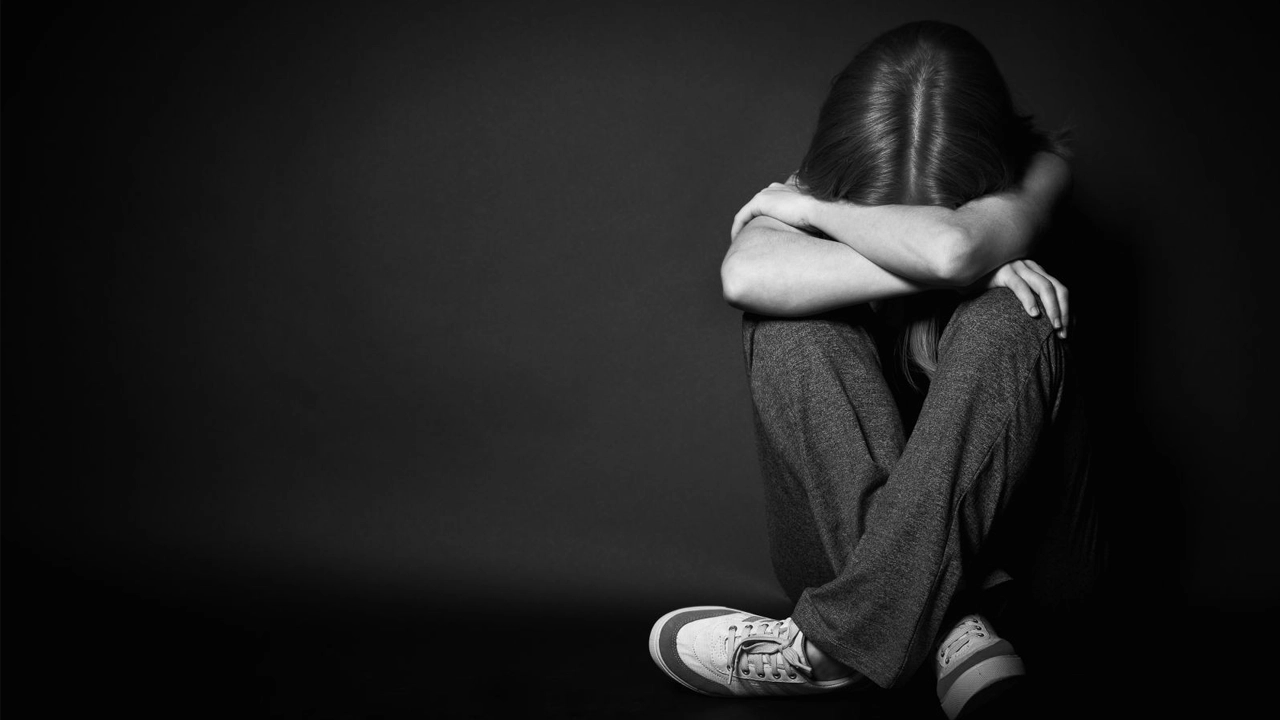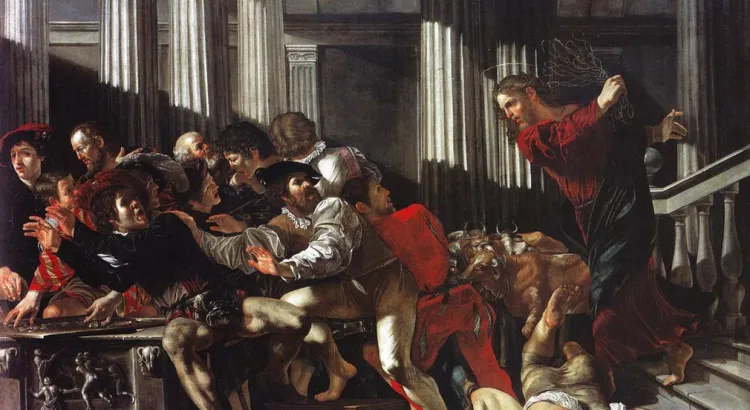Question:
I have never been able to understand the topic about the suffering of children and innocent people. Why does God allow it? Is He not God? Can He not prevent it? These questions sometimes keep me awake at night, and sometimes, it seems, they are matters that destroy my faith. Help me.
Answer:
On our website, [Catholic Q&A], you will [continue to] find a number of answers related to the subject of “the existence of evil and suffering” and the mystery that it contains. But I believe that, for your specific question, this article by Sebastián Sánchez may represent the most precise and excellent answer. The author summarizes the thought of Venerable Don Carlo Gnocchi and of his small work, “The Pedagogy of Innocent Suffering,” a jewel of Catholic theology. Read it, because your time will not be wasted.
Fr. Miguel Angel Fuentes, IVE
The original title of this article is: “A Brief Sketch of the Figure and Thought of the ‘Father of Mutilated Children’,” but it goes beyond the mere description and responds to the theme of suffering of children and the innocent.
Taken from “Revista Arbil” number 87. Translated by Catholic Q&A.
by Sebastián Sánchez
According to the wise expression of Pope St. John Paul II, Don Carlo Gnocchi, unknown to younger generations, was one of the most eminent Apostles of Charity of the twentieth century, dedicated especially to the spiritual and physical care of suffering children. His figure must be appreciated in these times of diabolical malice against children.
Life and Work
Don Carlo Gnocchi was born in San Colombano al Lambro [Italy] on October 25, 1902. When he was very young, barely five years old, Carlo lost his father and moved to Milan with his mother and his two brothers, Andrea and Mario, who died soon after of tuberculosis. Just a few years later, he entered the seminary of Cardinal Andrea Ferrari and in 1925 was ordained a priest by the Archbishop of Milan, Eugenio Tosi. On June 6 of that year, he celebrated his first Mass in Montesiro.
In 1936, Cardinal Ildefonso Schuster appointed him spiritual director of the school of the prestigious Gonzaga Institute of the Fratelli delle Scuole Cristiane. There, Don Carlo devoted himself deeply to studying and writing about pedagogy, one of his greatest preoccupations. Towards the end of that decade, Cardinal Schuster entrusted him with the spiritual assistance of the students of the Catholic University of Milan, and in that position, he found himself at the beginning of the Second World War, after which many of his young university students departed. Gnocchi enlisted as a volunteer chaplain of the Alpine Battalion Val Tagliamento, with which he was assigned to the Greek Albanian front. Once the Balkan Campaign was over, and after a brief interval in Milan, Don Carlo left again for the front, this time to Russia “bled by the Reds,” together with the alpines of the Tridentine Division. There he began his pilgrimage through pain and suffering and, at the same time, his greatest evangelical adventure.
On a dark, freezing night in January 1943, Don Carlo was marching with his soldiers in the dramatic retreat of the Italian Army shortly after being defeated by the communists. As he marched, he gave encouragement to the wounded and terrified troops until, exhausted by pain and overcome by the cold, he collapsed with a group of exhausted soldiers on the side of the icy Russian road. Shortly afterwards, a [doctor] tried to pick him up, but [Don Carlo], almost in agony, refused to leave his soldiers. However, the soldiers told him again and again, “Go, Chaplain, help our children, help our orphans.” Shaken by the request, Don Carlo agreed to be transferred to a field hospital where he recovered from his bodily wounds. There the war ended for him.
Upon his return to Italy, Fr. Gnocchi began his pilgrimage through the Alpine Valley in search of orphans, in fulfillment of the word he had given to his alpine comrades in Russia.
In 1945, he was appointed director of the Institute for the Greatly Disabled[Istituto Grandi Invalidi] in Arosio where he took in the first war orphans and mutilated children. From then on, a marvelous work would crown the efforts of our priest. In 1949, he obtained his first recognition – the permission for the foundation of the Foundation For Mutilated Children [Federazione Pro Infanzia Mutilata]. From that moment on, he began to found schools for mutilated children and for those afflicted by a terrible disease – poliomyelitis. As a result, the schools of Parma (1949), Pessano (1949), Turin (1950), Inverigo (1950), Rome (1950), Salerno (1950) and Pozzolatico (1951) were born.
Victim of an incurable malignant tumor, Don Carlo Gnocchi departed to Heaven [partió a la Casa del Padre: left for the Father’s House] on February 28, 1956 in Milan. The whole of Italy then prepared to say its last farewell to the “Father of Multilated Children” [“padre dei mutilatini”].
Thirty years after his death, Cardinal Carlo Maria Martini began the Beatification process, the diocesan phase which concluded in 1991. On December 20, 2002, Pope John Paul II declared him Venerable.
The Theology of Suffering
Gnocchi’s work was undoubtedly impressive, but it would be of little value if we do not understand the ultimate meaning he attributed to it from the very beginning. It was not philanthropy that moved him to take care of suffering children, for that would have been enough with the action of the many Masonic lodges that plagued, and still plague, Italy. Our priest did not suffer from the ideological flaw of ecclesial progressivism that considers the Church a ‘social agency’ and, precisely for that reason, he was able to bear witness to the value of the suffering of children. An indelible testimony united to the Tradition of the Church as the example for the world.
So that there would be no confusion about his work, Fr. Gnocchi wrote a precious book in which he masterfully combines his two first loves: [1] teaching and [2] caring for suffering children. Thus, the brief ‘Pedagogy of Innocent Suffering’ turns out to be his masterpiece, in which he takes up the ineffable Tradition and the Authentic Magisterium [of the Church] to present the reasons that should lead us to respect and, to a certain extent, venerate the salvific character of the suffering of children. In this sense, his small work is an antecedent of the magnificent Apostolic Letter Salvifici Doloris of John Paul II, as a magnificent exposition of the “theology of suffering.”
Don Gnocchi points out that understanding the suffering of little ones is the key to understanding any suffering and, set to this apprehensive task, he conceives human suffering in general as part of a “mysterious solidarity [that] works in a vertical and horizontal sense: linking all members to the head, and all members with each other” [Pedagogy of Innocent Suffering, Carlos Gnocchi]. In the same way, the Holy Father, in the aforementioned Letter, says that “although the world of suffering exists ‘in dispersion,’ at the same time it contains within itself a singular challenge to communion and solidarity” (Salvifici Doloris, 8).
The suffering of a child originates from two sources: he suffers in the first place because of his condition of man who is, in essence, responsible for original sin and is ‘therefore implicated in its secular expiation.’ Therein lies the vertical solidarity.
But a child also suffers, and herein lies the basis of the horizontal solidarity, for the sins and abominations committed by all men. This reason, says Don Carlo, “should serve as a ‘check’ [‘brake’] each time one feels tempted to sin [Pedagogy of Innocent Suffering, Carlos Gnocchi].”
The ‘remedy’ for the first source of suffering [original sin] is the oil and chrism of the Most Holy Sacrament of Baptism. For the second [source of suffering – the sin of all mankind], it is worth reiterating, that men be kept from sinning by converting themselves to the Good, the Truth, and the Beauty by accepting the call of Christ. Nevertheless, and in spite of this explanation, man asks himself, ‘Why does this innocent man suffer, why do the iniquities of the minions of evil come upon him? Why, Lord, should it not be I, a miserable sinner, who suffers instead of this pure creature?” At the base of these questions lies the argument which, as Gilson once said, has brought atheism its greatest victories: ‘If God exists, why evil?’
The answer to this question is given to us by the Apostle to the Gentiles when he says, “…in my flesh I am filling up what is lacking in the afflictions of Christ…” (Col 1:24). The understanding of innocent suffering is completed and fulfilled when we realize that the Lamb of God is the archetype of the pure and most innocent victim [sufferer]. By raising our eyes [gaze] to the Man of Sorrows, as Isaiah prophetically called him, we approach the ineffable mystery which allows us to understand the reason of suffering of children.
Indeed, for the total remission of the sins of the world, such purity was necessary in the victim that only God could possess it, and for this reason he sent his own Son into the world to die on the Cross. But to complete the suffering of the Anointed One, as St. Paul teaches, the highest contribution that man can make is necessary – the offering of souls that suffer without the weight of their own personal faults, in the manner of Our Lord.
“The suffering child,” says Fr. Gnocchi, “is a little lamb that purifies and redeems.” It is therefore, as Pius XII said in his time, “a living sacrifice of innocent humanity for sinful humanity” (Speech of Pius XII to the Disabled Victims of the Great War, August 27, 1953). Every defiled child [niño mancillado – translator’s note: used in the sense of “desecrating or profaning something sacred”] is, by virtue of the Mystery, a precious intercessor and mediator of graces.
The Pedagogy of Innocent Suffering
Fr. Gnocchi gets to the nucleus of his work when he warns that Christian educators, that is to say, parents, priests and teachers, ought to know and apply the principles of the ‘supernatural pedagogy of suffering.’ They have the duty to procure, in every suffering child, an awareness and a sense of the value of their suffering. The child must thus recognize that the ultimate end of his sorrow is Christ crucified who suffers with him and for him for the remission of the sins of the world.
Without this awareness, properly inspired by Christian educators, a “maddening wastefulness” is produced because the child does not know why they suffer (one more reason, I might add, to resist the destructive advance of anti-Christian secularism in our schools). Don Carlo tells us, “How important and urgent it is, for all those who are in charge of and responsible for souls, to be conscious of this duty and put into action all the arts of the finest supernatural pedagogy with the end of securing for Christ and for the Church the inestimable treasure of the suffering of the children, in order not to deprive the Passion of Christ and the Church of this indispensable and precious complement” [Pedagogy of Innocent Suffering, Carlos Gnocchi].
In fact, the almost always undisturbed disregard for the ‘things of Heaven’ often prevents men from noticing the enormous value of spiritual treasures such as this, hidden in the souls of the innocent.
It is true that Don Gnocchi, an immediate witness of orphanhood, sickness and the mutilation of children, devotes little attention to their moral suffering. But it is also true that he lived in an era marked by war, and in which the dark contours of the Culture of Death were not yet visible. Today, the ‘sorrow of the soul’ of little ones is a daily occurrence, besieged as they are by those who, with scorn and derision, make them the object of the most terrible atrocities. Don Gnocchi did not come to know institutionalized child prostitution, abortion considered as a human right, gender ideology permeating all perverse sex education. He did not get to see, fortunately for him [¡feliz de él!], the twisted and destructive claim over childhood of ‘defenders of children’s rights’ who occupy places of honor in international organizations, nor did he listen to the arguments in favor of euthanasia of sick children, under the pretext of ‘not making them suffer.’ This is a sufficient excuse for some [of his] omissions, which today would be totally inadmissible.
The Good Combat for Suffering Children
A great mistake is made if one believes that what is said above leads to passivity in the face of the suffering of children. The need to acquire the meaning of the sublime ‘theology of suffering’ and its consequent pedagogy in no way invalidates the need of combating the iniquity of the ‘world’ toward those who suffer, especially against the weak and innocent.
The Holy Father [St. John Paul II] vigorously maintains that “the Gospel is the negation of passivity in the face of suffering” (Salvifici Doloris, 29). Nothing can, nor should, abolish our sorrow when we witness the sight of a child defiled in his purity, violated in his innocence.
The Lord said to the righteous who piously cradled the infants, “And whoever gives only a cup of cold water to one of these little ones to drink because he is a disciple—amen, I say to you, he will surely not lose his reward” (Mt 10:42). But he also sentenced the ungodly who overpowered them: “Amen, I say to you, what you did not do for one of these least ones, you did not do for me” (Mt 25:45).
He stresses the right [that which is morally correct, just, or honorable] and obligation to combat against those who propagate physical and moral suffering to children. They are their enemies and therefore enemies of the Church and of Christ himself.
The Good Combat to be waged is first of all interior, to prevent the infants from suffering for the remission of our miseries. But it is also external, since it is a matter, as John Paul II says, of “the terrible battle between the forces of good and evil, revealed to our eyes by our modern world (Salvifici Doloris, 31).
For this reason, and we will be excused for the boldness of this affirmation, to restore the true rights (natural and supernatural) of children is to restore the rights of Christ the King. It is, in short, to begin the long and providential journey towards the Restoration of Christ in all things.
How to begin? Let us do as Fr. Gnocchi orders us – let us kiss the hearts of our little ones every morning to recognize there the Most Holy Trinity present and at work.
Original Post: Here
Other Post: What should we consider for the correct education of our children?

